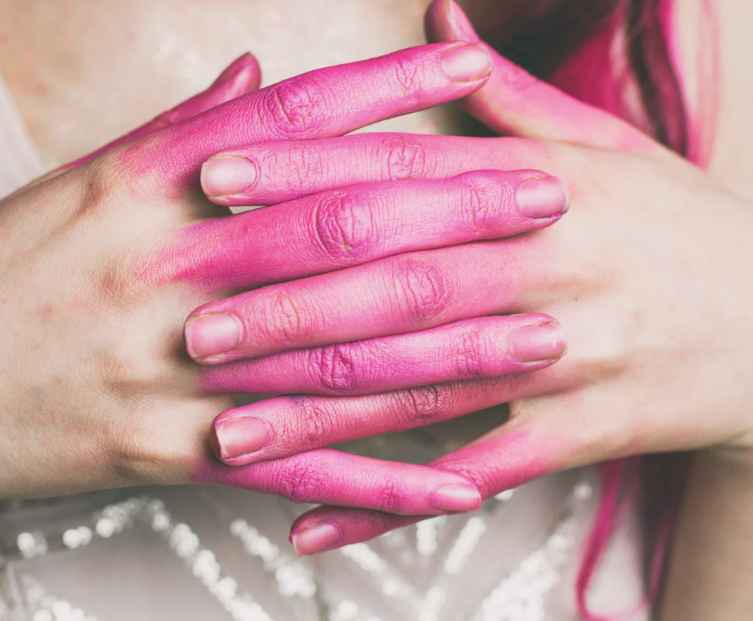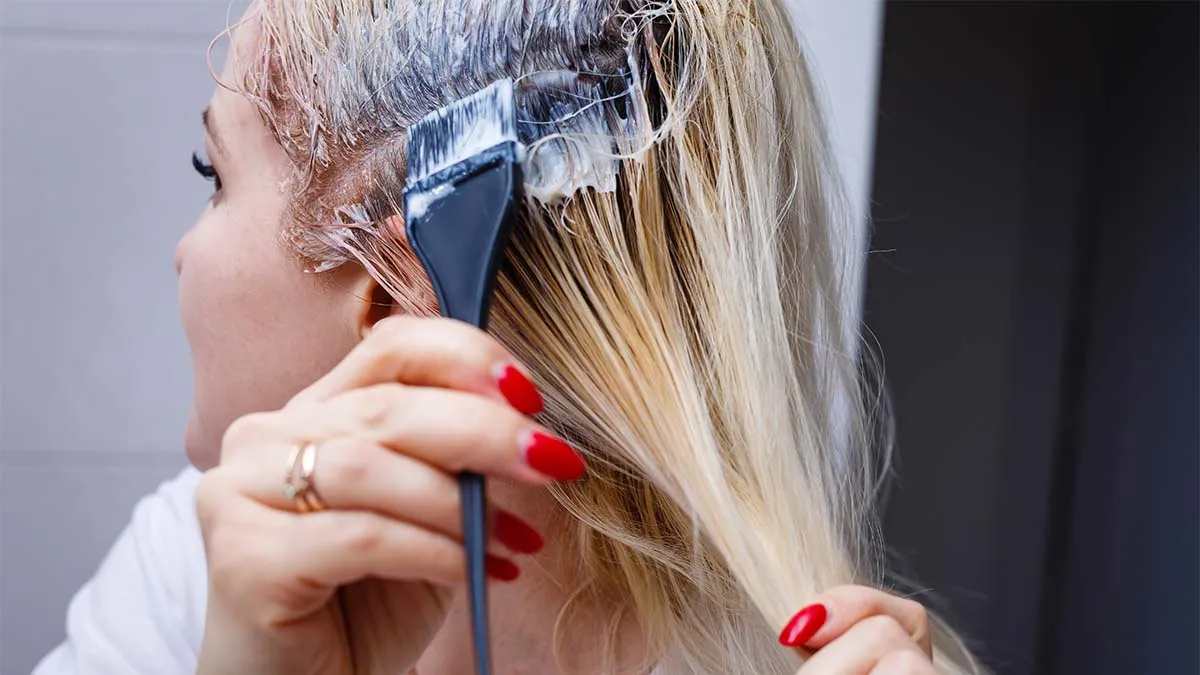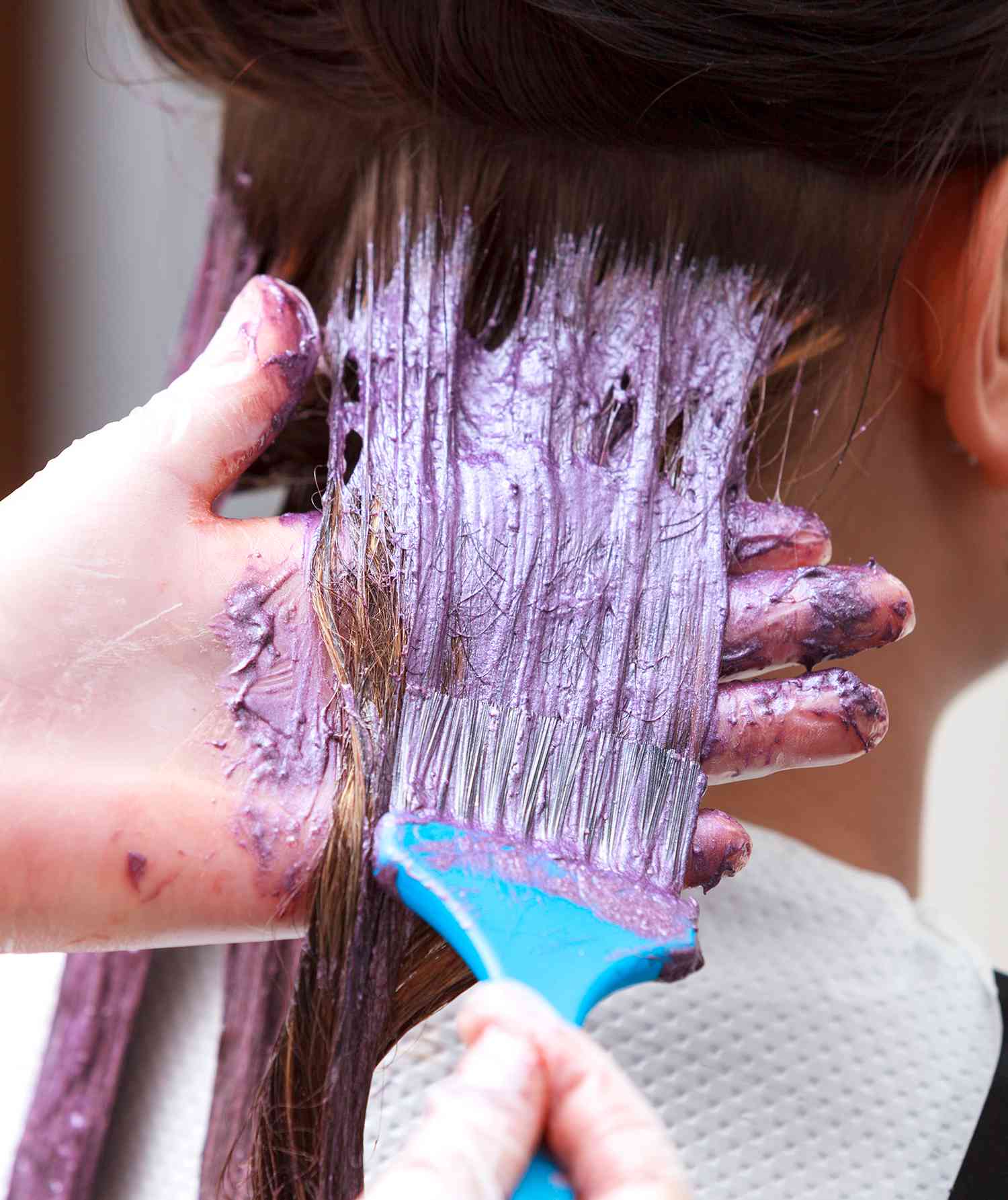Don’t Dye Your Day: Effective Ways to Remove Hair Dye From Skin
Splashes of vibrant hair color can add a touch of personality to your look. But those splashes can also end up where you least want them – on your skin! Whether you’re a seasoned hair dyer or a first-timer who experienced some accidental staining, here’s a guide to removing hair dye from your skin safely and effectively.
Understanding the Stain: Why Hair Dye Sticks to Skin
Hair coloring adheres to skin for several reasons:
-
Pigment Molecule Size and Charge: Hair dye is formulated with pigment molecules small enough to penetrate the hair cuticle and deposit color. Unfortunately, these same pigment molecules can also penetrate the outer layer of your skin (epidermis) and become lodged there. The size and charge of the pigment molecules play a role in how deeply they penetrate the skin and how difficult they are to remove. Larger or positively charged molecules tend to stain the skin more readily.
-
Chemical Composition: Hair dyes come in various types, each with a unique chemical makeup. Permanent hair colorings typically contain harsher chemicals, including ammonia and oxidizing agents, that help the dye penetrate the hair shaft and deposit color permanently. These chemicals can also irritate the skin and leave a more persistent stain compared to temporary or semi-permanent dyes.
-
Skin Type and Condition: The health and condition of your skin can influence how easily it absorbs and retains hair dye. Oily skin might be less prone to staining as the natural oils create a barrier. However, dry or irritated skin can be more susceptible to absorbing dye and holding onto the stain.
-
Application Technique: The way you apply hair dye significantly impacts the likelihood of staining. Leaving the dye on your skin for longer periods increases the chance of staining. Accidental contact with the hairline, ears, neck, or forehead during application is common, and the sooner you remove the dye from these areas, the easier it will be to prevent staining.
Understanding these factors behind hair dye stains empowers you to choose the most appropriate removal method. For example, if you’re dealing with a stubborn stain from a permanent dye, a gentle oil-based cleanser might not be enough. You might need a more robust approach like a baking soda paste or a product specifically formulated for hair dye removal.
Prevention is Key: Tips to Minimize Hair Dye Stains
The best way to deal with hair dye stains is to prevent them in the first place. Here are some proactive measures:
-
Apply Petroleum Jelly: Before coloring your hair, apply a thin layer of petroleum jelly around your hairline, ears, and neckline. The petroleum jelly creates a barrier, preventing the dye from staining your skin.
-
Use Gloves: Wear disposable gloves throughout the hair coloring process. Opt for gloves that are comfortable and allow for dexterity when handling the dye.
-
Clean Up Spills Immediately: If dye spills onto your skin, wipe it off promptly with a damp cloth or baby wipes. The sooner you remove the dye, the easier it will be to prevent staining.
By taking these simple precautions, you can significantly reduce the risk of hair dye stains.
Banishing the Blues (and Reds, and Greens…): Methods for Removing Hair Dye Stains
If you do end up with Hair coloring stains, don’t panic! Here are several methods to remove them, ranging from gentle to more robust approaches:
-
Oil-Based Products: Oil-based products like petroleum jelly, baby oil, or olive oil can help break down the pigment molecules in hair dye. Apply the oil to the stained area, leave it on for a few minutes, and then gently massage it in. Wipe off the oil with a damp cloth and wash the area with soap and water.
-
Baking Soda Paste: Create a paste by mixing baking soda with a little water. Gently scrub the paste onto the stained area using a washcloth. Baking soda is a mild abrasive that can help remove surface-level dye stains. Rinse thoroughly with water and follow with a moisturizer.
-
Makeup Remover: Oil-based makeup removers can be effective for removing hair dye stains, especially from the face. Apply a small amount of makeup remover to a cotton ball and dab it on the stained area. Rinse with water and wash with soap.
-
Micellar Water: Micellar water is a gentle cleansing solution that can help lift hair dye stains. Soak a cotton pad in micellar water and gently wipe it over the stained area. Repeat until the stain fades.
-
Soap and Water: While not always the most effective method, especially for stubborn stains, a simple wash with soap and water can remove some hair dye residue. Use warm water and a gentle cleanser to avoid irritating your skin.
Important Note: Always test any product you plan to use on a small, inconspicuous area of your skin first to check for allergies or sensitivities.
Patience is a Virtue: When to Seek Professional Help
For stubborn hair dye stains, especially those that have been on your skin for several days, it might be best to seek professional help. Here are some situations where a dermatologist or esthetician can be beneficial:
-
Deep Stains: If the hair dye stain is deeply embedded in your skin and hasn’t responded to at-home removal methods, a dermatologist can offer stronger solutions or even laser treatment.
-
Sensitive Skin: If you have sensitive skin or any pre-existing skin conditions, it’s best to avoid harsh chemicals and consult a professional for safe and effective stain removal.
-
Large or Extensive Stains: For large or extensive hair dye stains, a professional can provide a more efficient and controlled removal process.
Remember, your skin’s health is paramount. If you’re unsure about how to remove a hair dye stain or experience any irritation, consult a professional for guidance.
Maintaining a Stain-Free Mane
By incorporating these proactive measures into your hair dyeing routine, you’ll significantly reduce the likelihood of unwanted skin stains. Remember, a little planning and preparation go a long way in achieving beautiful, vibrant hair color without the dye-related drama!

Leave a Reply